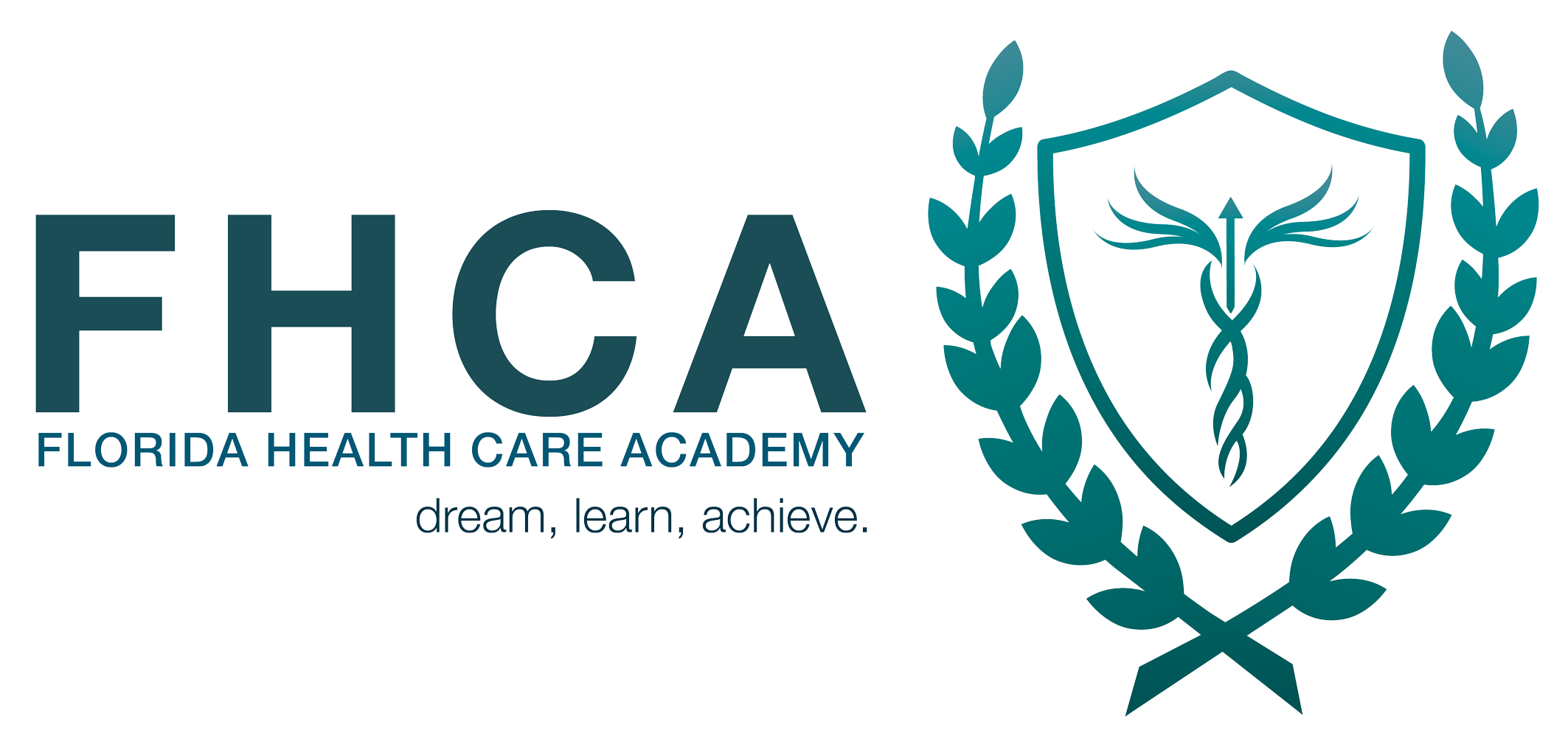
Phlebotomist vs Medical Assistant: What Sets Them Apart?
May 18, 2023
10 Alternative Career Paths for Medical Assistants
June 14, 2023What Level of Education is Required to Become a Phlebotomist?

To become a phlebotomist, you need a high school diploma and to complete one of the many types of education programs available. There are levels of phlebotomy certification that are also worth understanding and acquiring before applying to an employer.
Some employers prefer more experience and qualifications than others and depending on where you want to work, will determine what you need.
If you were to look at a phlebotomist job description, the main duty is conducting blood work. This is then used in laboratory testing to aid medical studies and diagnose medical conditions.
In this guide, we'll uncover what level of education is needed to become a phlebotomist and the options available to help secure a job as a phlebotomy technician.
Importance of education in phlebotomy training
Phlebotomist training usually involves on-the-job training. From learning to take blood samples from different patient groups, to properly labeling sample tubes to professional standards.
In order to be successful during this training, it's important to have a high-quality of education under your belt. For example, gaining a high school diploma and maintaining a minimum GPA in high school is essential.
The basics that you learn in high school are going to be influential in getting you into the right programs and having the best training needed for phlebotomy jobs.
Are you considering a career in the medical field, specifically in the area of blood collection and laboratory procedures? Comparing phlebotomists vs lab technicians is common because they both play important roles in the medical field, specifically in the laboratory setting. While their responsibilities may overlap to some extent, there are significant differences in their job functions and levels of training.
Minimum education requirements to become a phlebotomist
What level of education is a minimum requirement to become a phlebotomist? In order to become a phlebotomist, you'll need the very basics of high school education. These include:
- High school diploma or GED
- Minimum GPA while in school
- Immunization records
- Background checks
- CPR certification exam completed
Most people interested in going into any of the phlebotomy programs available will likely have all of the above or can easily get the remaining requirements needed. It's also worth looking at the differences between phlebotomist vs medical assistant, as these roles are very similar to one another when it comes to blood work.
Types of programs for phlebotomy training
There are a number of educational phlebotomy programs to choose from. As well as on-the-go training, classroom instruction and laboratory experience are a part and parcel of these programs.
When looking for an educational program, it's worth looking for the topics of anatomy, vascular anatomy, skin puncture techniques, and physiology.
Certification programs are readily available and graduates that complete these one-year courses will receive a certificate or diploma at the end of it.
These are usually available through community colleges and vocational schools. The basic education is needed as mentioned above. Once accepted into the program, students pay tuition and fees.
It's important to look through the National Phlebotomy Association for guidance on the best phlebotomy program options available.
Levels of phlebotomy certification
The levels of phlebotomy certification are determined by experience and the higher the levels you climb, the more opportunities are readily available for you. Each level requires a different amount of phlebotomy education and experience in order to qualify for this certification.
Let's take a look at the three levels of phlebotomy certification that are currently available.
Phlebotomist average salary
According to Zip Recruiter as of Jan 18, 2024, the average hourly pay for a Phlebotomist in the United States is $19.07 an hour.
However, salaries can vary significantly depending on several factors, including location, experience, and employer.
Phlebotomists with experience can also earn more than those without experience. For example, phlebotomists with 10 or more years of experience have an average annual salary of $45,680.
| Experience Level | Average Annual Salary |
|---|---|
| Less than 1 year | $35,416 |
| 1-3 years | $37,380 |
| 4-9 years | $41,620 |
| 10 or more years | $45,680 |
Phlebotomist average salary with a minimum education requirement
The minimum education requirement for a phlebotomist is a high school diploma or equivalent. However, many phlebotomists choose to complete a certificate or diploma program in phlebotomy.
These programs typically take one year or less to complete and provide students with the hands-on training they need to succeed in the field.
Phlebotomists with a certificate or diploma program typically earn a higher salary than those without one. For example, the average annual salary for a phlebotomist with a certificate or diploma program is $42,380.


